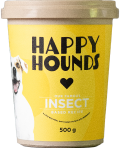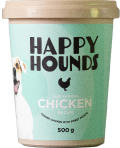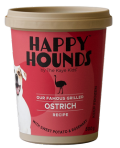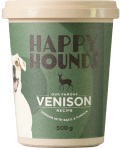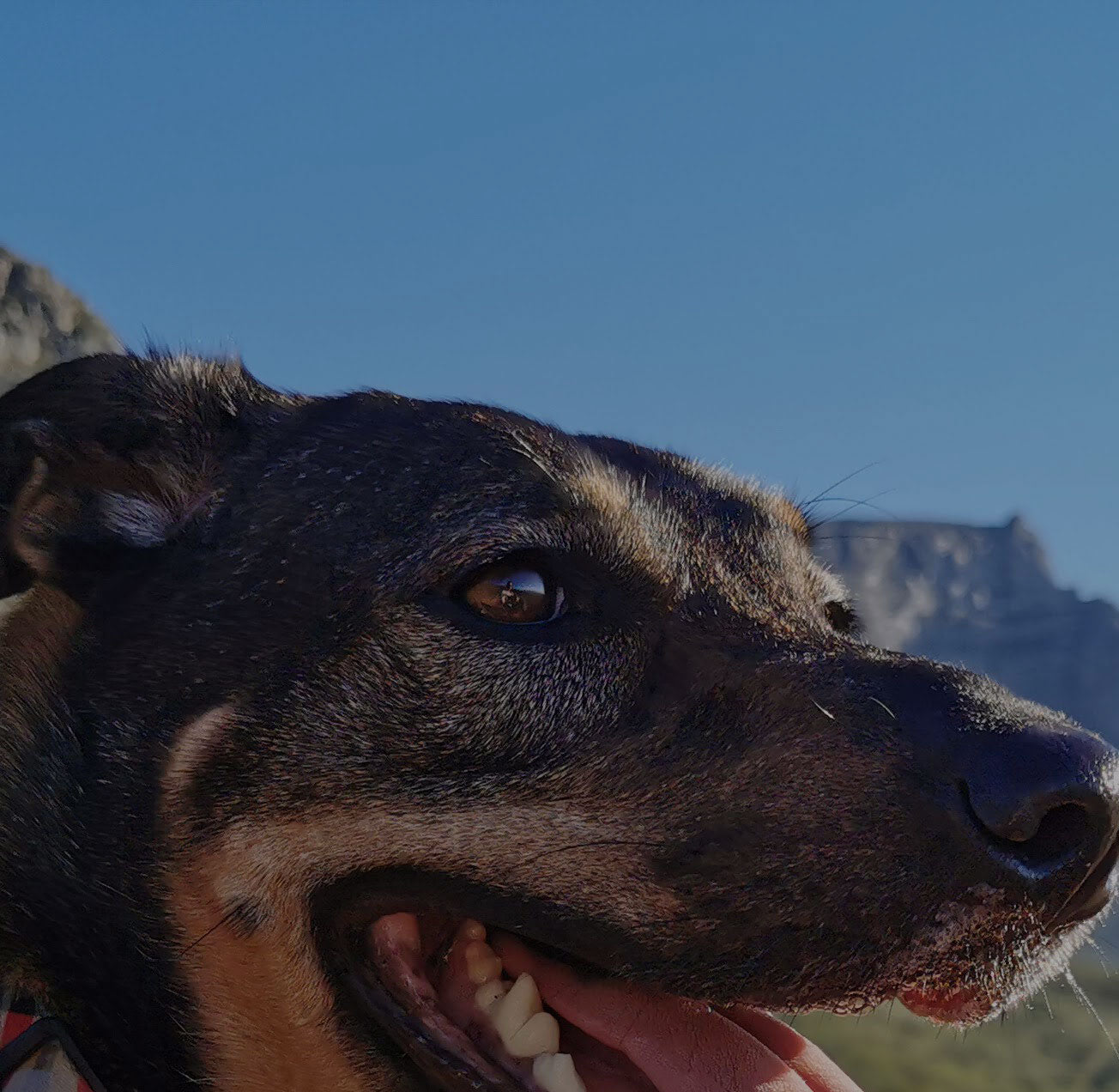Shop

Choosing houseplants that are dog-friendly: a guide for pet and plant parents
September 10, 2024 3 min read
Houseplants are living art pieces that bring beauty into our homes and allow us to feel connected to nature. Beyond personalising our spaces, they can pep up our mental health and improve air quality. They require care and attention, like pets, but they’ll brighten a room and put a smile on your face (also like pets).
If you share a space with plant-pets and dogs, it’s essential to be mindful of your flora selection and their placement within your home. Dogs are naturally curious and may chew on or ingest plants, leading to potential health issues, but this can easily be managed.
How to manage being a pet and plant parent:
- Manage your dog’s interactions with plants - create boundaries that are consistently upheld. Even if your plants are safe for dogs they shouldn’t be a chew toy.
- Understand the range of reactions that can be caused by ingesting different plants. Some plants may cause an upset tummy that your dog will recover from on their own, while others can cause more serious issues that affect breathing and organ function. Some need to be ingested in really large amounts to be critically harmful.
- Some plants should be avoided entirely (like Dumb Cane and Lilies) that can cause respiratory and organ failure (even if only small amounts are ingested).
- Be mindful of plant placements around the house and keep spaces and pathways that your dog frequents clear of leafy obstacles.
- Redirect your dog's attention away from plants to appropriate items like toys and treats. This is helpful in any new environments or when introducing a new plant into your home.
- If your dog is getting enough exerciseand stimulation throughout the day, there’s less chance they’ll chew up anything around the house.
Risky plants to be aware of and our alternatives:
Here are 10 houseplants prominent in South Africa that dog owners should be cautious of.
1. Dumb Cane (Dieffenbachia)

Instead of Dumb Cane, try:
Prayer Plant (Maranta leuconeura)
Beautiful colouring - dark and light green leaves with reddish/pink lines. The leaves roll up at night as if praying! Also check out the Lemon Lime variety.

2. Philodendron ( bipinnatifidum)

3. Pothos (Devil’s Ivy)

Instead of Philodendron and Pothos, try:
Nerve Plant (Fittonia)
A visually striking plant with patterned leaves that thrives in higher humidity (perfect for the bathroom or kitchen).

4. Peace Lily (Spathiphyllum)

5. Lily (Lilium)

Instead of Lilies, try:
Bromeliad Vriesea (Vriesea Vogue)
Beautiful flame-coloured, spike-like flowers that are impervious to dimmer light and will make a striking pick over lilies.

6. Aloe Vera (Aloe barbadensis miller)

Instead of Aloe Vera, try:
Christmas Cactus (Zygocactus)
A spike-less cactus that blooms bright flowers in the springtime.

7. Snake Plant (Sansevieria)

8. ZZ Plant (Zamioculcas zamiifolia)

Instead of Snake Plant and ZZ Plant, try:
Spider Plant (Chlorophytum comosum)
A Southern African local with long, ribbon-like leaves. Known for sprouting little ‘nests’ that are easy to cut and replant.

9. Fiddle Leaf Fig (Ficus lyrata)

Instead of a Fiddle Leaf, try:
Parlor Palm (Chamaedorea elegans)
A larger, lush addition for indoor spaces.

10. Delicious monster (Monstera deliciosa)

Instead of a Monstera, try:
Cast Iron Plant (Aspidistra elatior)
A low maintenance, durable plant great for purifying air. Also see the Speckled Cast Iron.

Other dog-friendly plant options include the Chinese Money Plant, Ferns (like Birds Nest, Black Rabbit’s Foot, and Blue Star), Spekboom, and Palms (like Kentia, Bamboo, and Areca).
Symptoms of Plant Poisoning in Dogs
If you suspect your dog has ingested a toxic plant, look out for these signs:
- Vomiting or diarrhoea
- Excessive drooling
- Difficulty swallowing or breathing
- Lethargy or weakness
- Abdominal pain or discomfort (your dog may wince or show aggression when touched, or can appear restless, having difficulty sitting or lying in one position)
If you think your dog has ingested a toxic plant or if you notice any of these symptoms, you should contact your vet straight away. Getting treatment as soon as possible will minimise your dog's discomfort and catch any serious issues early on.
While this guide focuses on dogs, remember that many of these plants are also harmful to other pets like cats. We recommend that you always check the safety of any new plant before introducing it into your home.
We hope our dog-safe plant guide helps you brighten your home without any worries about your furry friend. Tell your plants and your dog we say hi! :)




